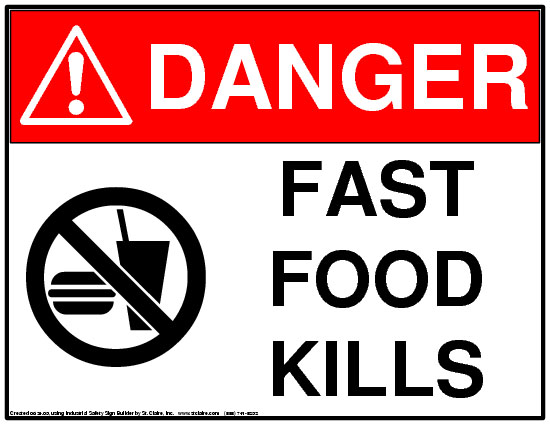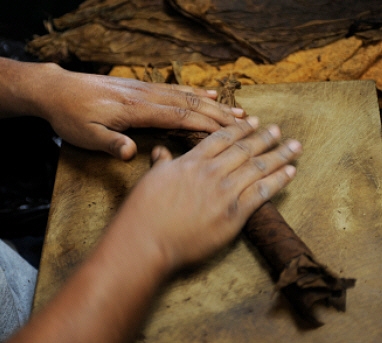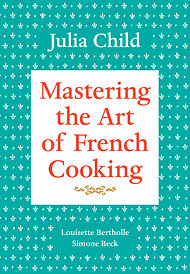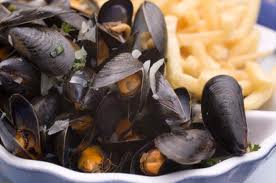
Many restaurant enthusiasts think that the quality of food in restaurants serving haute cuisine is declining. In the past, ingredients were impeccably prepared in fine restaurants, especially in the inimitable gastronomic Republic of France. It is presently becoming more difficult to find good food on any price level. Produce from Japan is of higher quality than in France of late.
Today, generally produce for the mass market is picked green and sealed in containers and topped off with nitrogen, shipped to market and held in warehouses until needed. The fruit or vegetables ripen immediately after being exposed to the atmosphere, although they spoil sooner. This nitrogen preserving technique, introduced in the U.S., has reduced most produce to tasteless rubbish.
French gastronomes have traditionally considered haute cuisine as an art form. Due to the high cost of obtaining top-quality produce and the constantly rising expense of the preparation of excellent cuisine, it is becoming increasingly harder to find fine cuisine, as we used to know it. Only a few top echelon chefs in the finest restaurants use quality vine-ripened produce and must seek it out from small growers. Supply is limited and seasonal. While dining out in France usually is a delight, International French cuisine can be disappointing and overpriced. French food is also losing ground in favor of Italian cuisine that was sweeping the world but has finally made an about face and the French bistro is becoming the darling of the minute. Presently in a few major U.S.cities and around the world there is an attempt at the resurgence of inexpensive French bistros. The thrust is toward low food cost and inexpensive prices on the menu–nothing wrong with that–however, in most cases it is at the expense of quality. It the past, it was possible to obtain a good meal at a reasonable price in Paris, due to the demand created by large numbers of people dining out. They complained loudly if the food is not up to par; and that was the reason why France maintained high standards of quality compared to the rest of the world. It was also possible to dine well at a reasonable priced bistro in France if you knew where to go. (Today the younger generation in Paris is less interested in good food and has taken to the practice of ordering in fast food.) Most restaurants still offer an inexpensive Menu Touristique that usually consists of French regional cooking served in three simple courses. Don’t be put off by the unappealing name, as it is usually good value for money. In the seventies, nouvelle cuisine dominated the menus of most French restaurants. Regional dishes were out of fashion and restaurants, no matter which region they were in, would serve the same boring nouvelle dishes as all the others. Many dishes served in these restaurants depended heavily on the ubiquitous sauce beurre blanc.

With the arrival of the eighties, nouvelle cuisine started to lose favor; restaurant patrons became bored with minuscule portions laid out on oversized plates and feminized by frilly decoration. Vegetables served undercooked, in fact, almost raw were never popular with most of the clientele who longed for the good, sturdy regional dishes to return.
On another front, a young chef called Michel Guerard invented Cuisine Minceur (slimming cuisine). It spawned out of his need to lose weight. Nevertheless, even on a diet he did not want to give up good food. Michel used the Robot Coupe (known outside France as Cuisinart) to puree the sauces. He used a mild cheese called Fromage blanc which he beat into the sauces as a thickening agent. With these two elements he created delicious dishes that had extremely few calories. This cuisine had limited popularity outside France, especially in the U.S., where diners went to French restaurants to eat rich food. When they wished to diet, they stayed at home.
As weight conscious yuppies emerged onto the food scene, they thought that Italian food was lighter and contained fewer calories. This might be true, although judging from the choices they made from the menu these weight conscious diners might have been deceiving themselves.
Young chefs from Italy were bringing new Italian cooking into the United States. The old American-Italian mom and pop operations were closing. Replaced by noisy, trendy and stereotyped restaurants serving designer pizzas and outrageously priced grappa, in fancy hand blown Venetian bottles. These grappa bore no resemblance to the ones poured by Italian peasants into their espresso coffees for centuries. They were rough, gasoline-tasting distillations while the new-wave grappa was smooth, no doubt tamed by sugar. Meanwhile, modern Italian wine made by large conglomerates became complex, refined and balanced—slowly replacing wines made in the villages which were cloudy, rough, unfined, unfiltered and tainted with migrating sediment. These wines, if for no other reason, were at least genuine and natural. Progress is not always a step in the right direction. Italian winemakers were taking courses at U.C. Davis (University of California at Davis, specializing in viticulture) to learn the newest winemaking techniques. Italian restaurants now needed to create more sophisticated cuisine to go along with the new style of wine. Italy once an inexpensive country to visit became more and more expensive and after joining the EU it is on its way on an upward spiral to becoming the most expensive country on the European continent.
Chef Wolfgang Puck, born in Austria and trained in France, opened a restaurant concept, borrowed or not, which changed food fashion in a radical way. He made his name, in California, working at the once famous restaurant Ma Maison, a hangout for the Hollywood film crowd. He opened Spago and started a new craze, serving pizza to his celebrity clientele. He adapted and modernized classic Italian dishes to the new style of light dining. This style of cooking is copied by many all over the world. In his restaurant called Chinois, he stylized Chinese food adding a bit of French flare. Also, in vogue and gaining popularity is the Franco-Japanese restaurant. Japanese chefs that trained in France and are cooking in the French style with Japanese overtones, the cooking in these restaurants can be excellent.
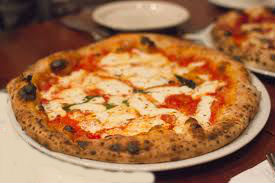
Now it appears Ferran Adrià, and his brother Alberto,who is the pastry chef at El Bulli, are following in the footsteps of Wolfgang Puck and Mario Batali and are researching in Italy how to make pizza, and claim that they will create a straightforward version of a pizzeria in Barcelona, no chemicals or foam please!

